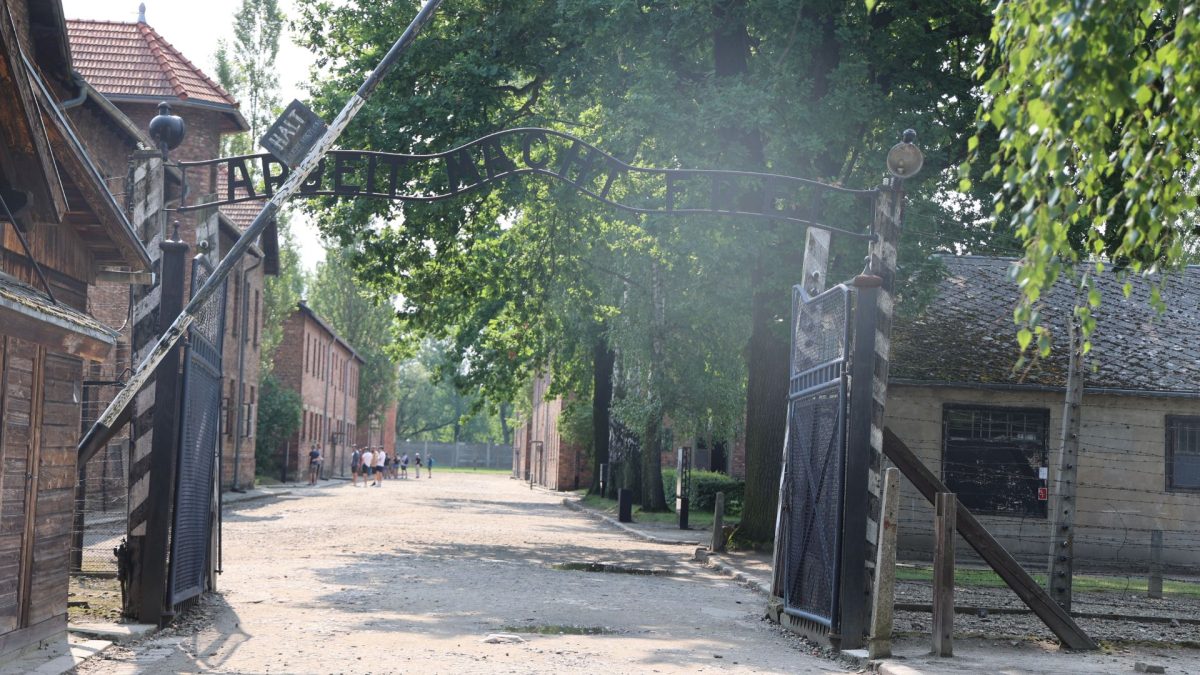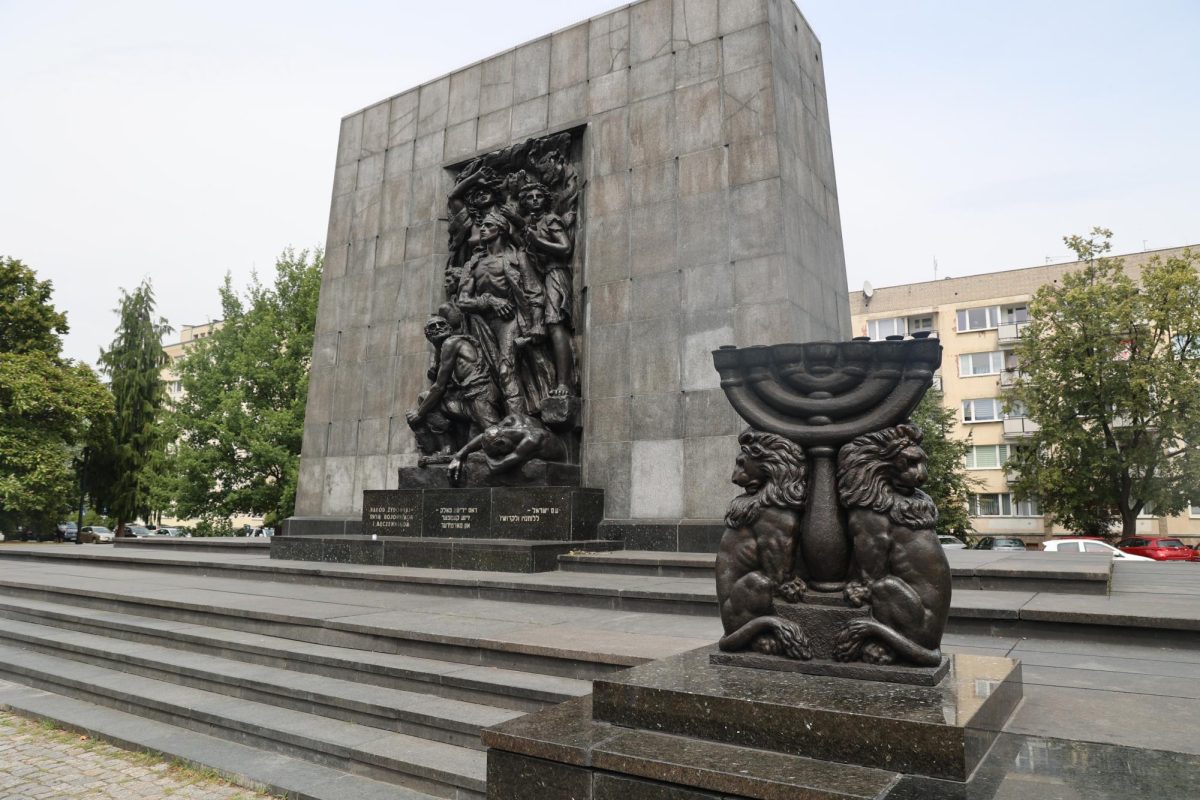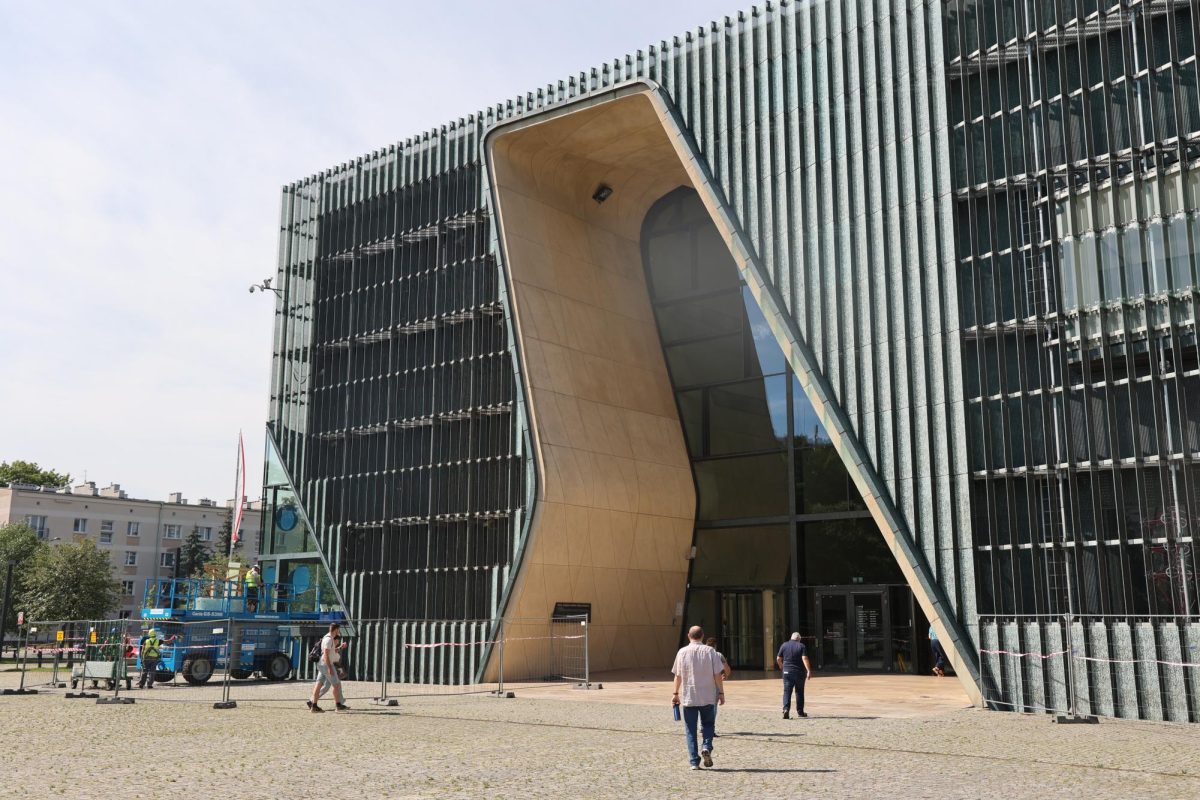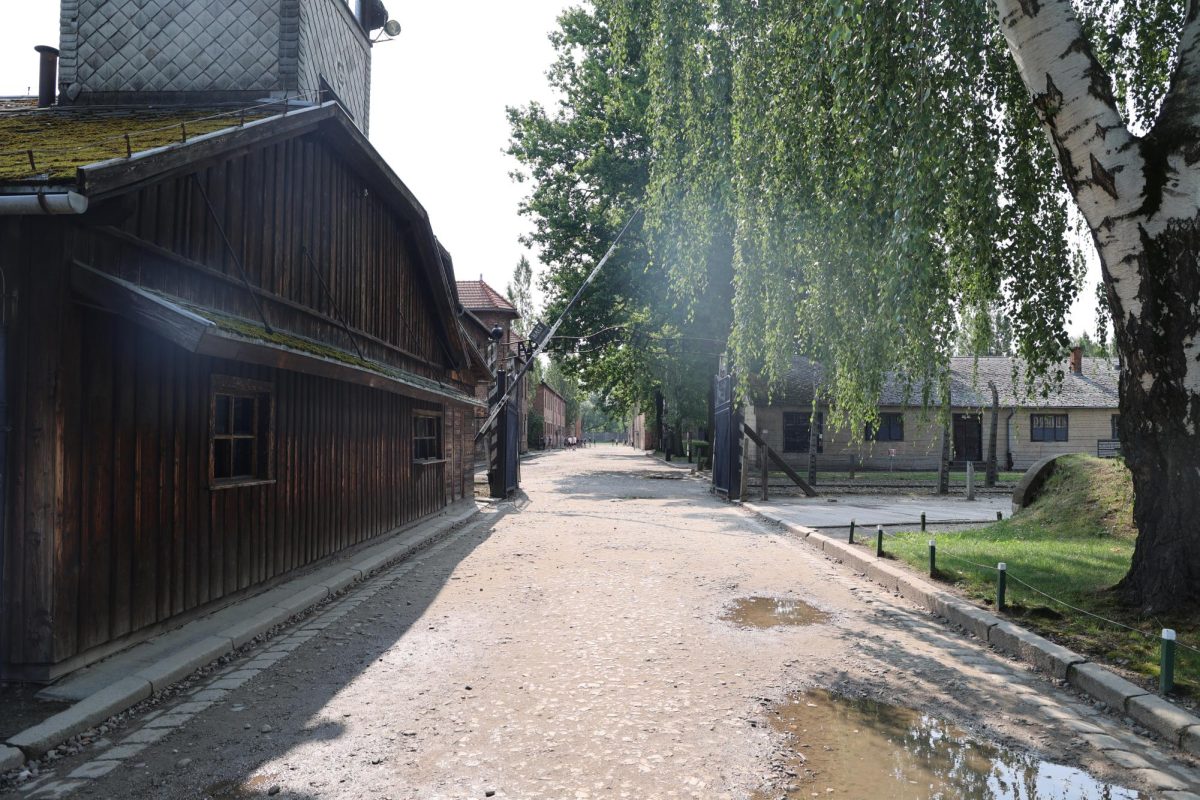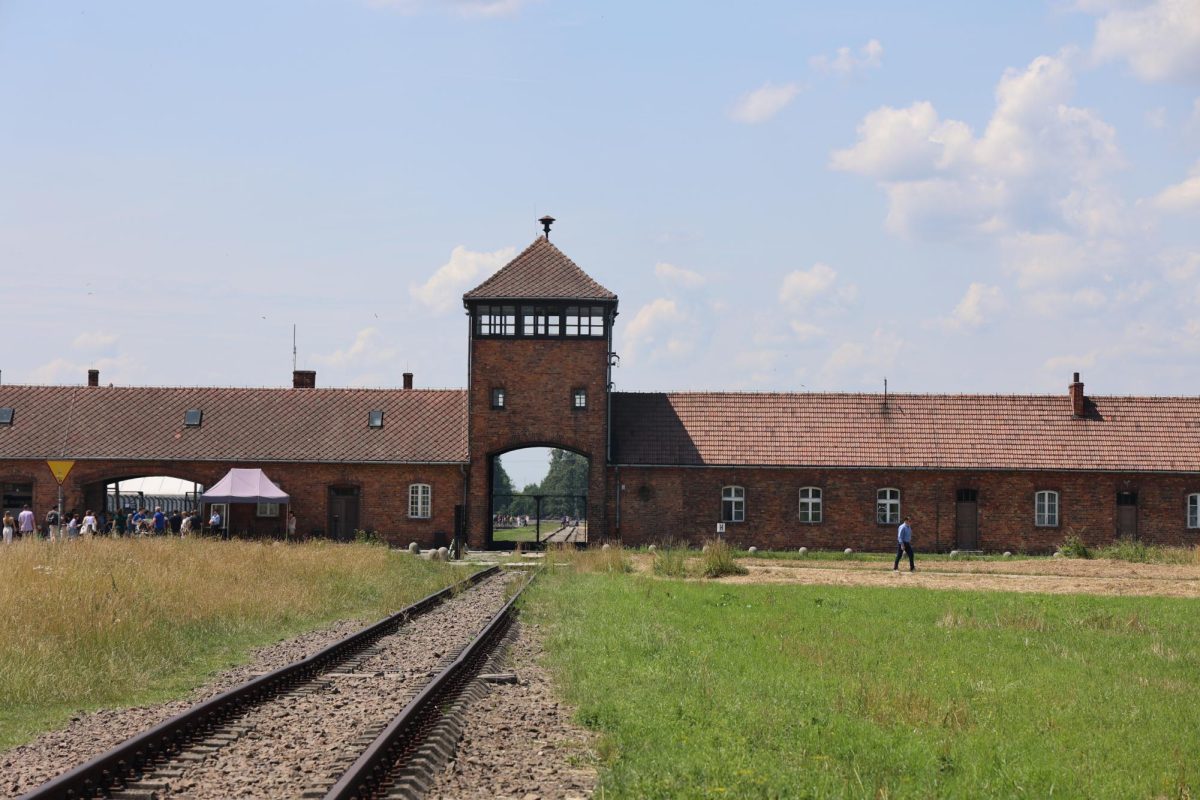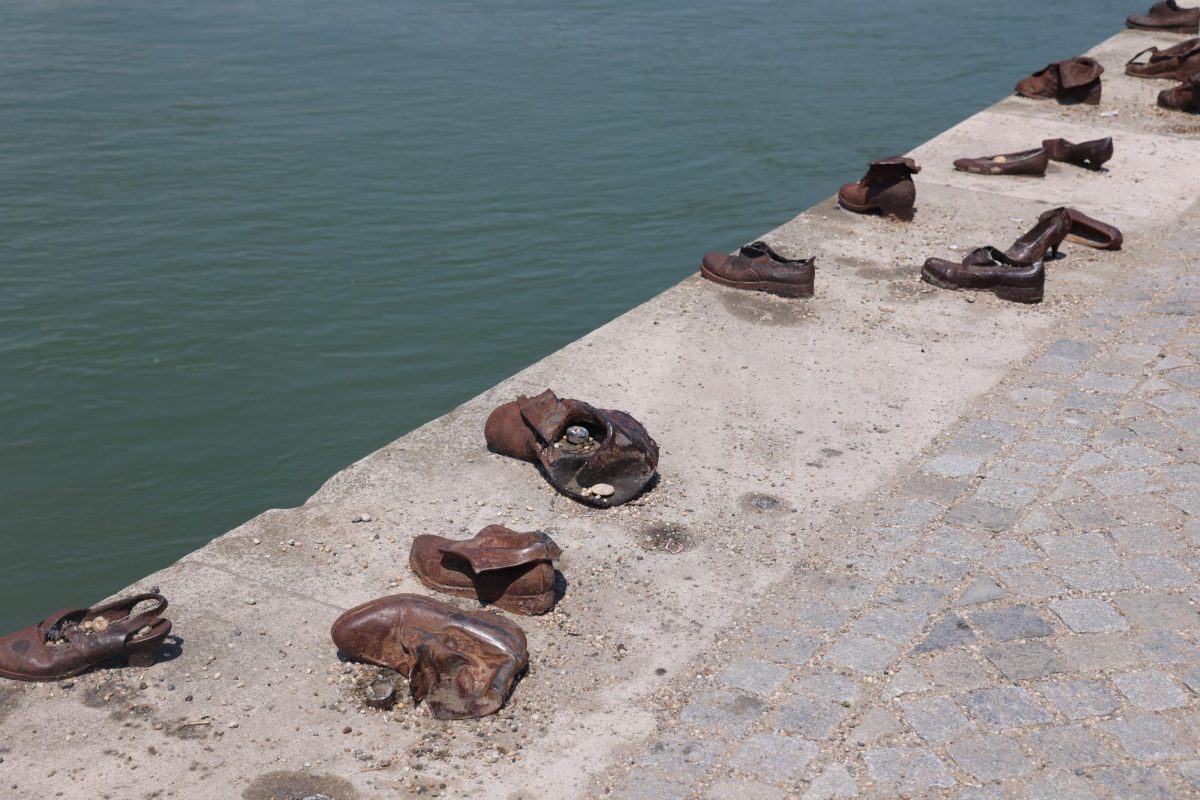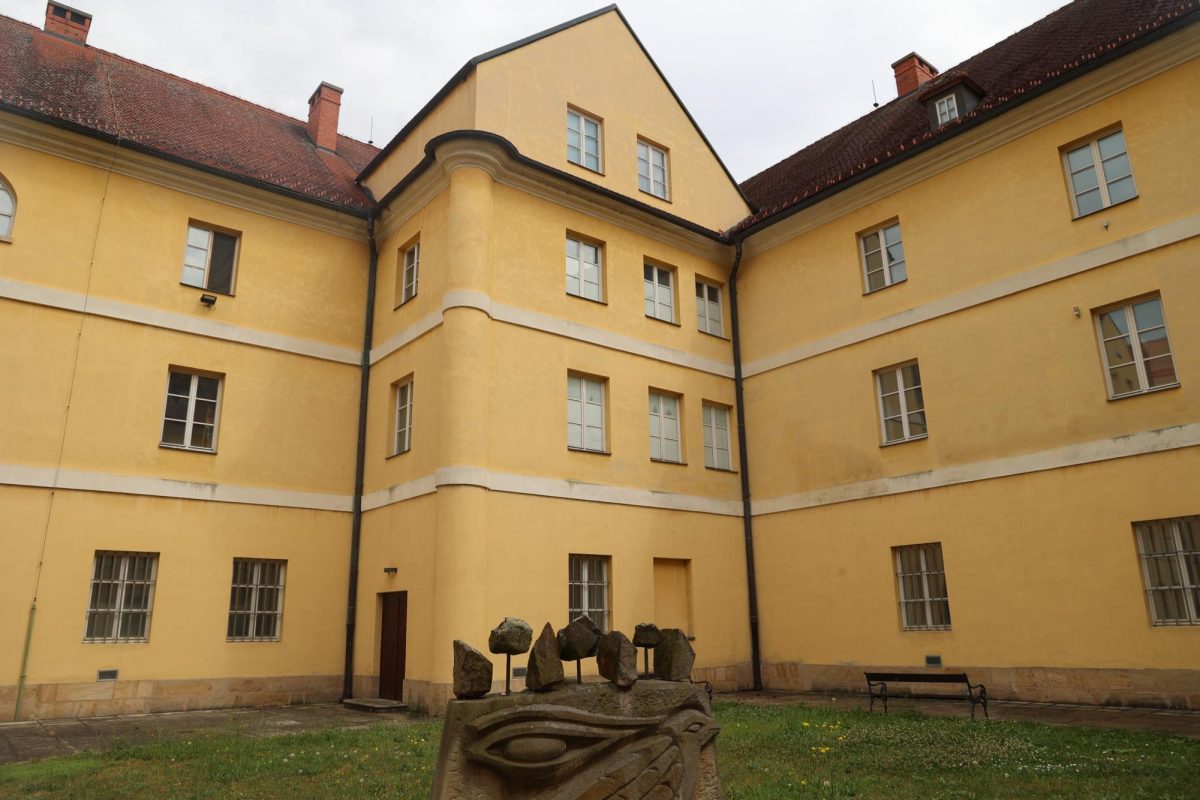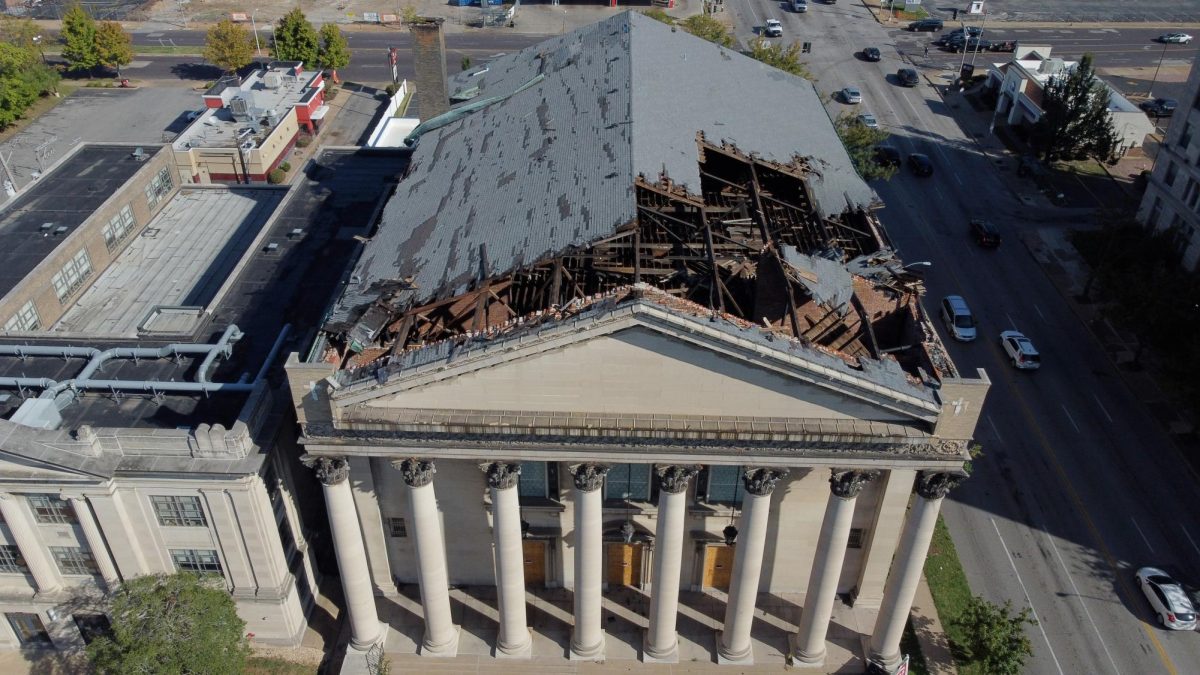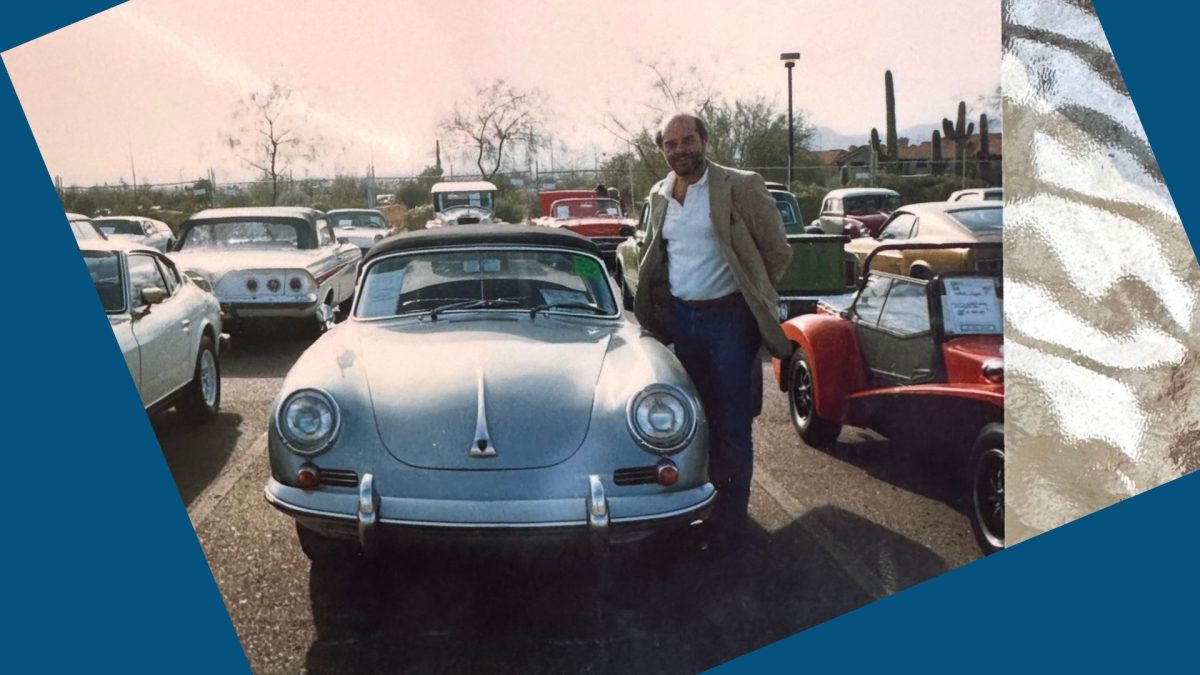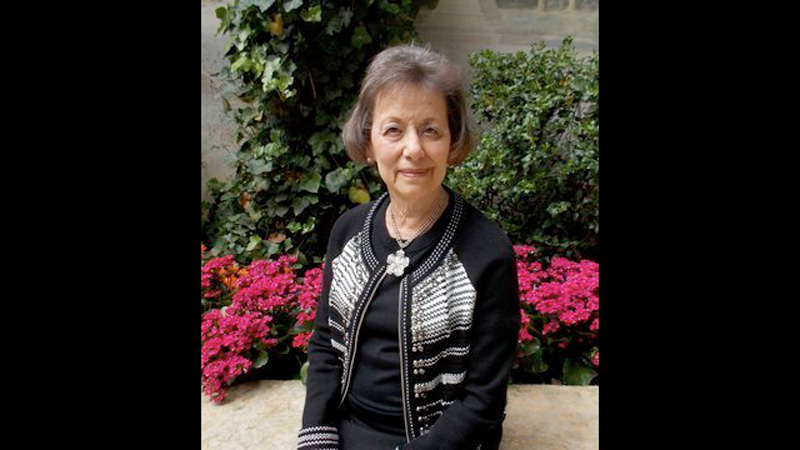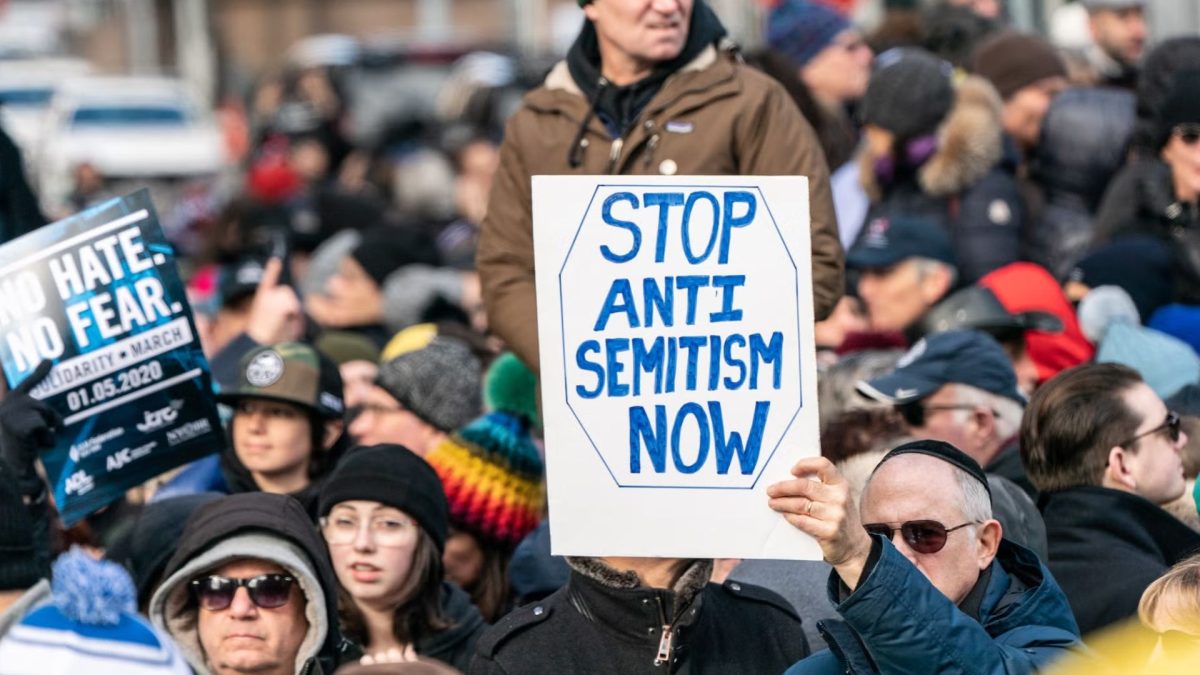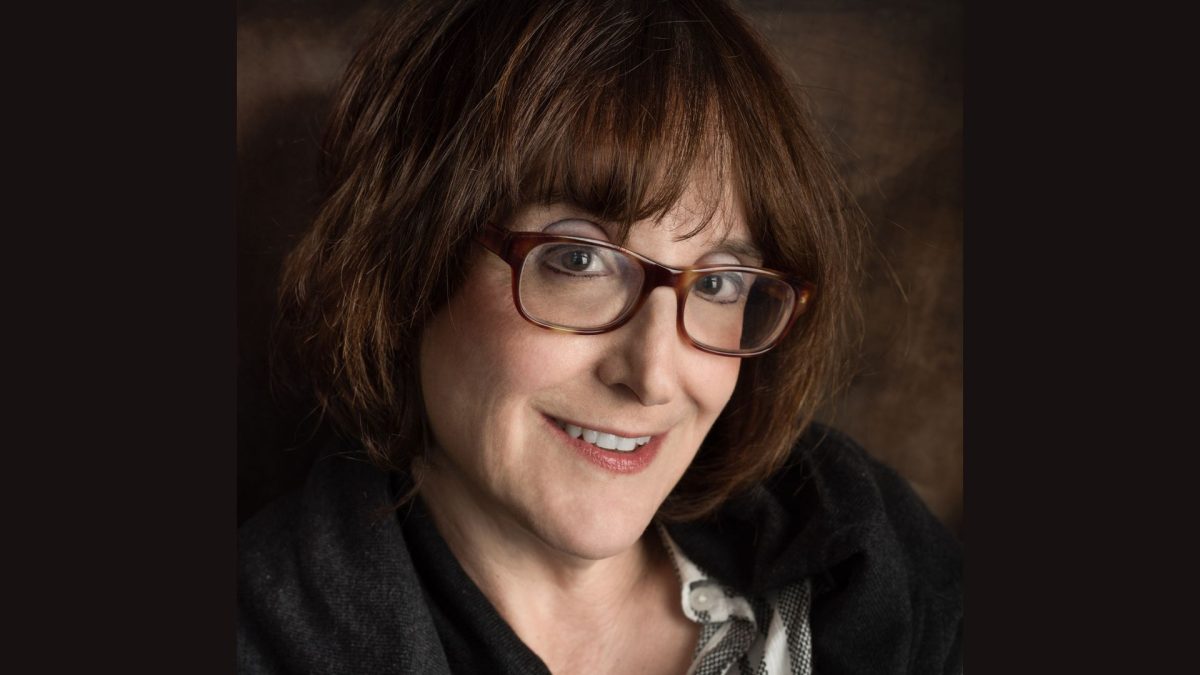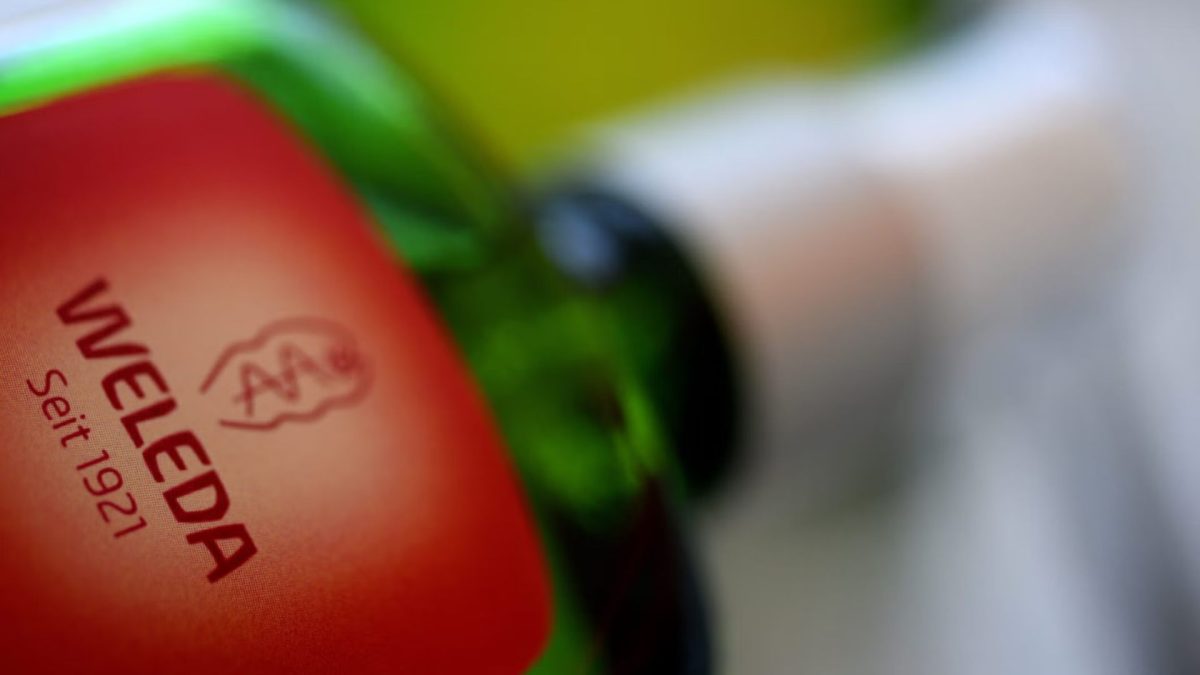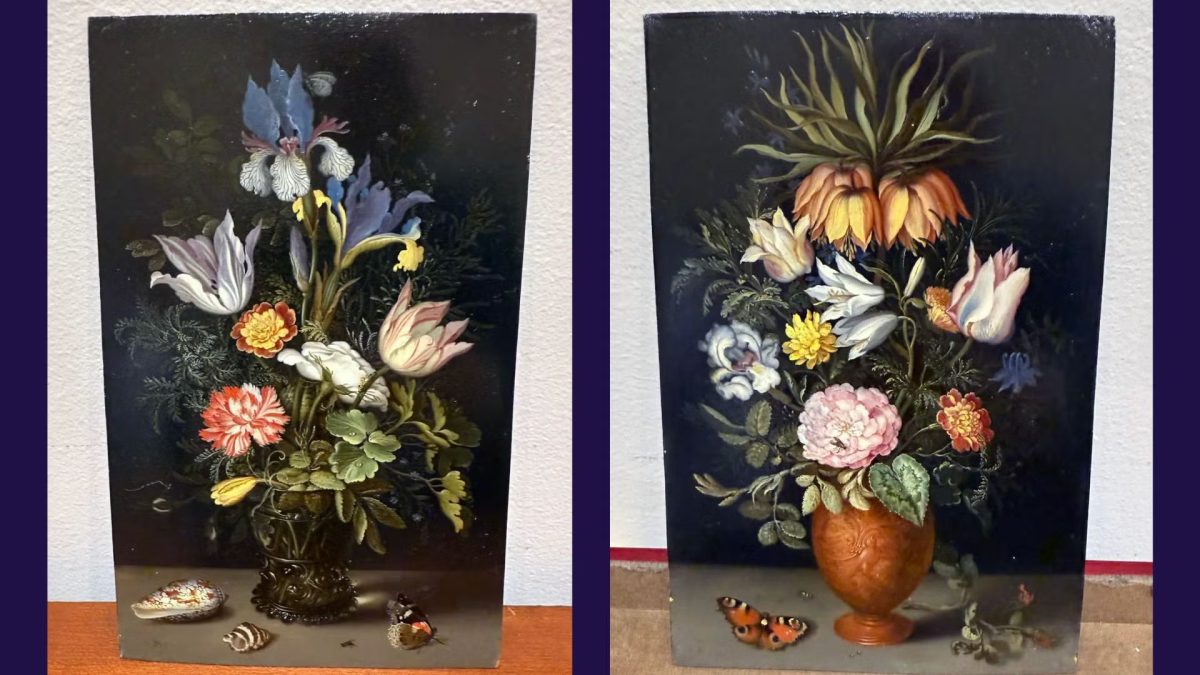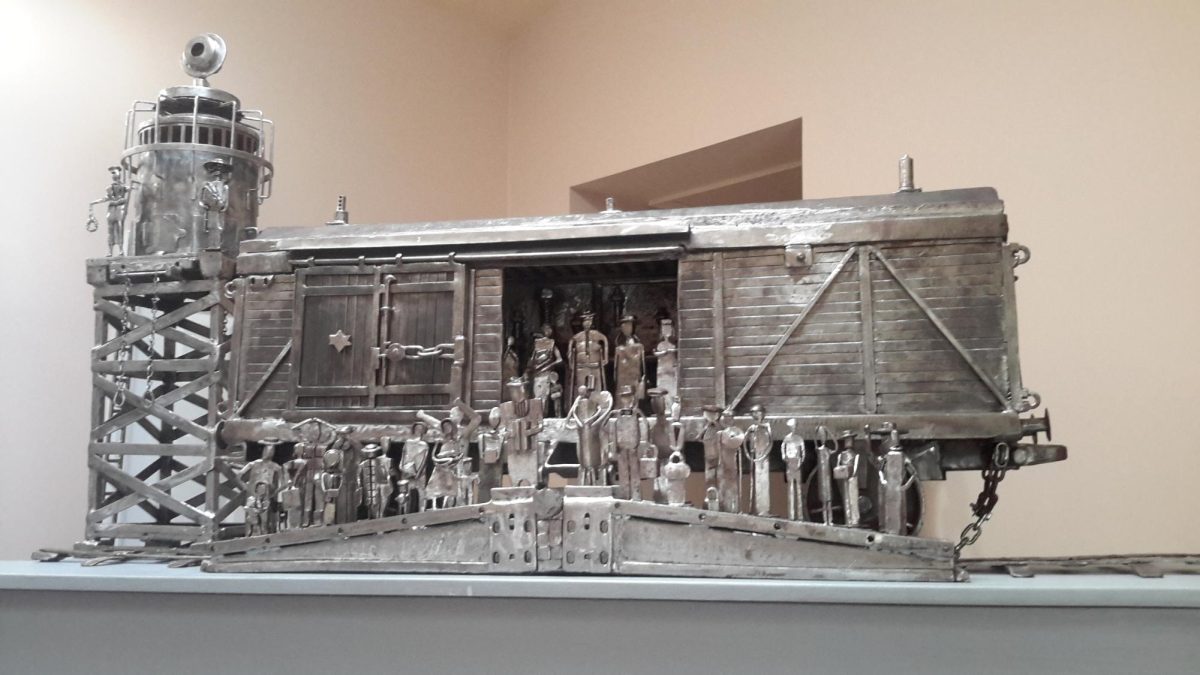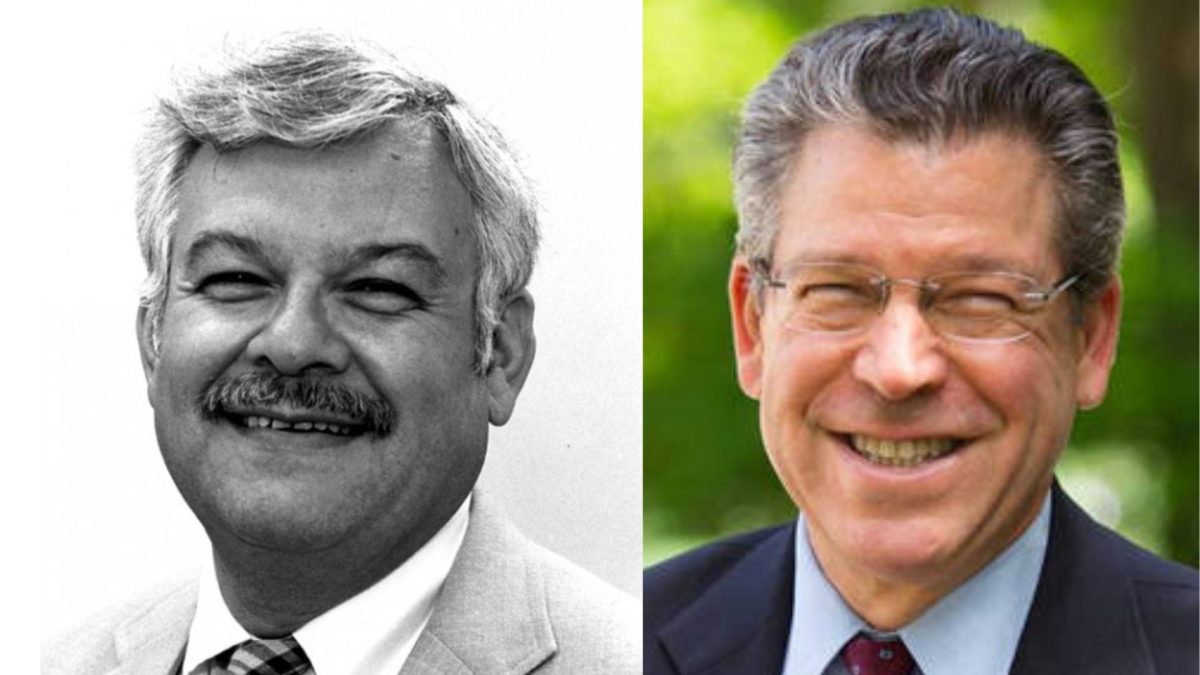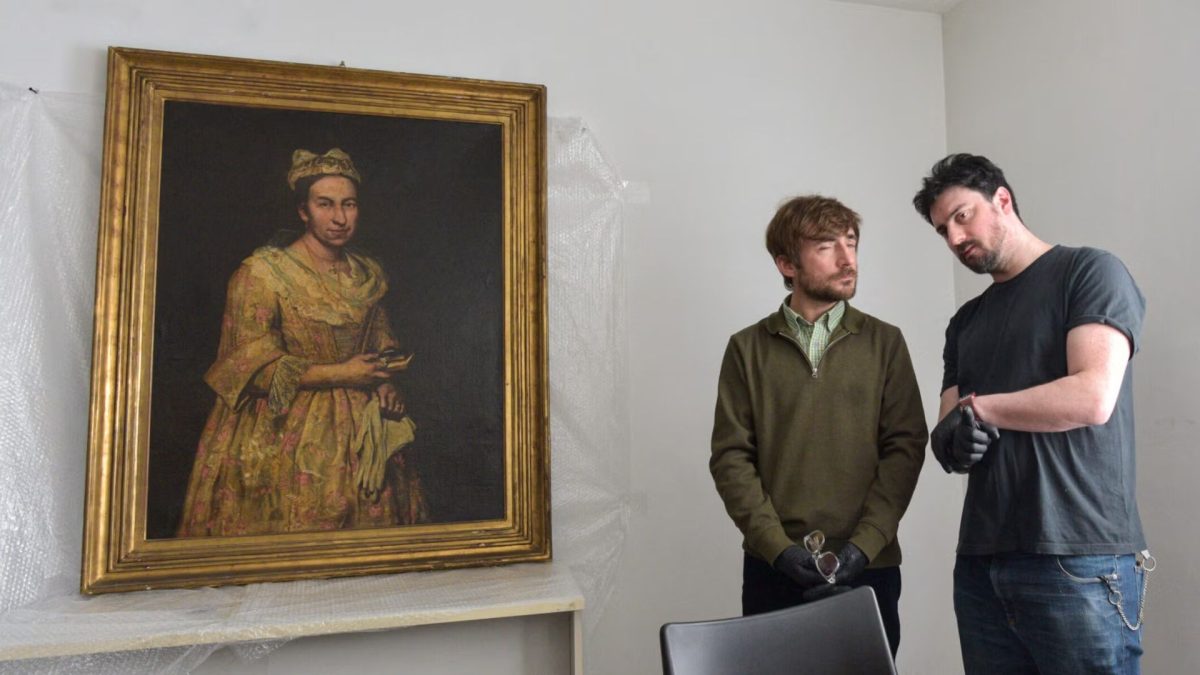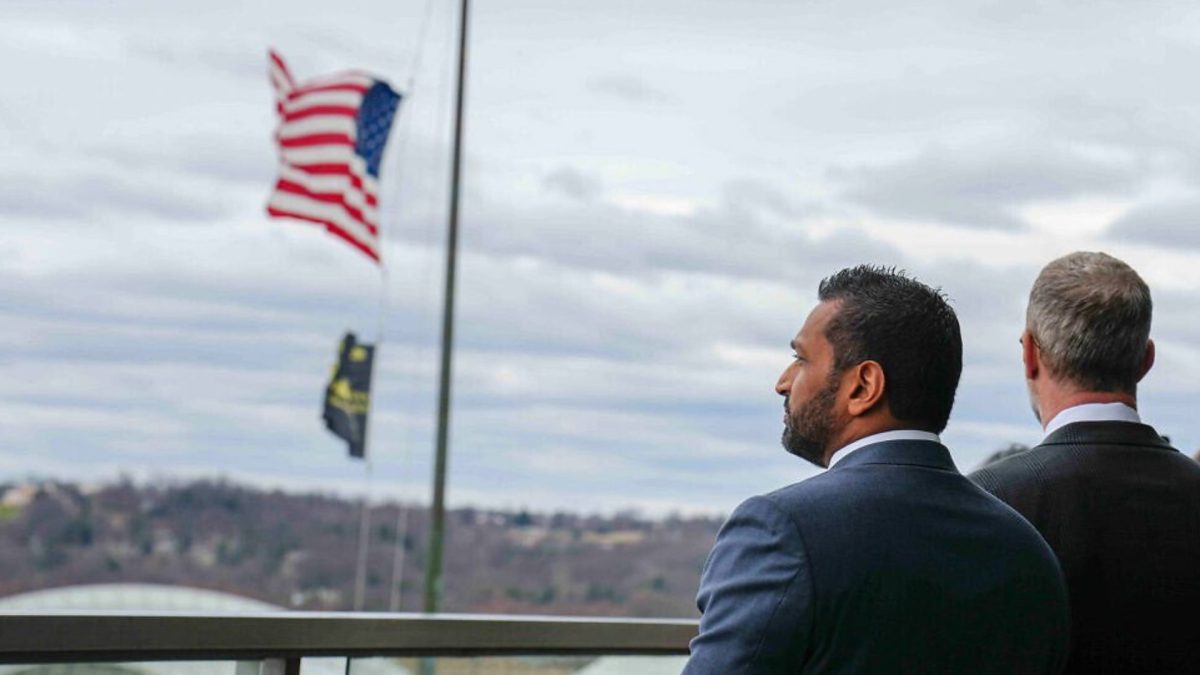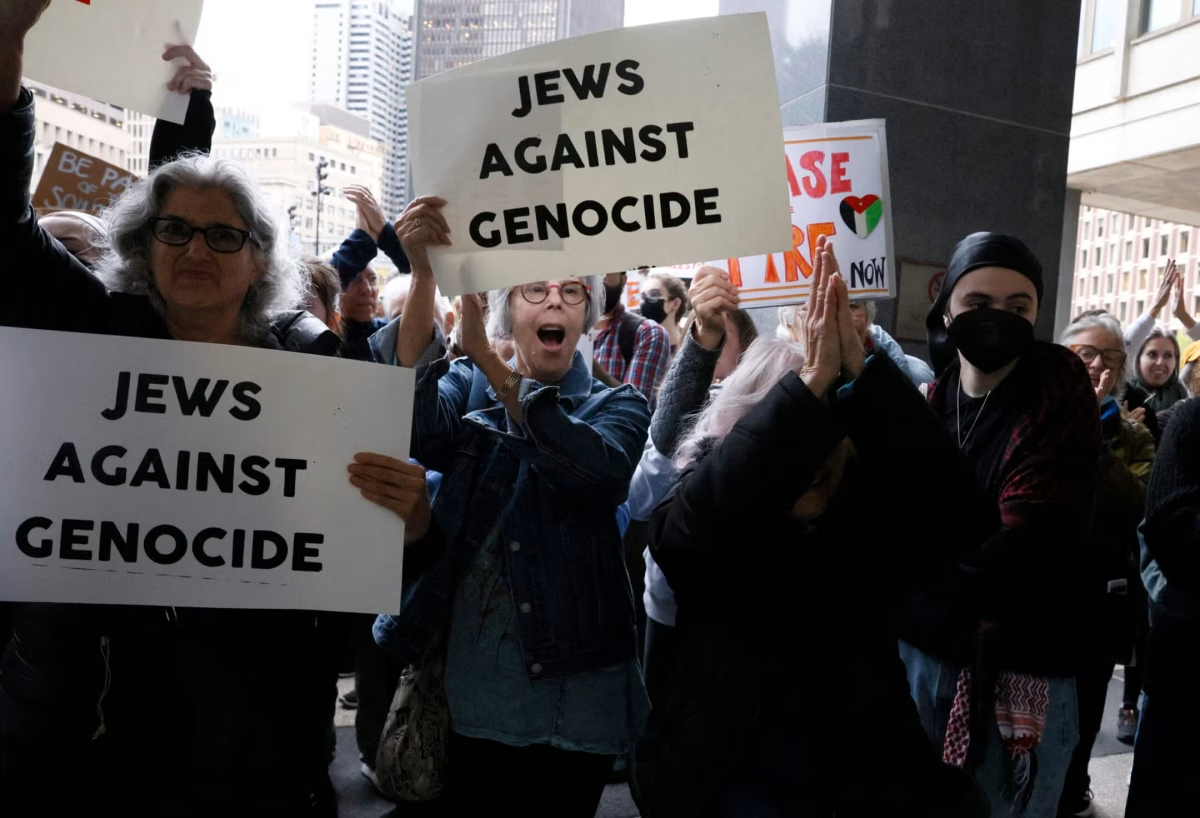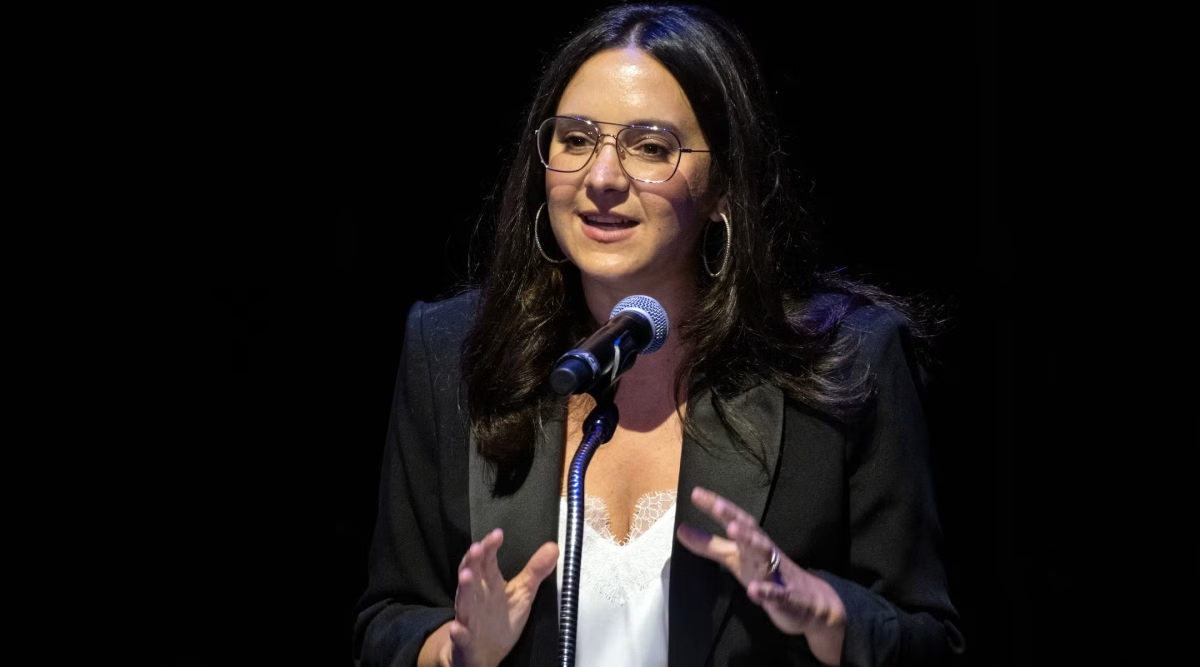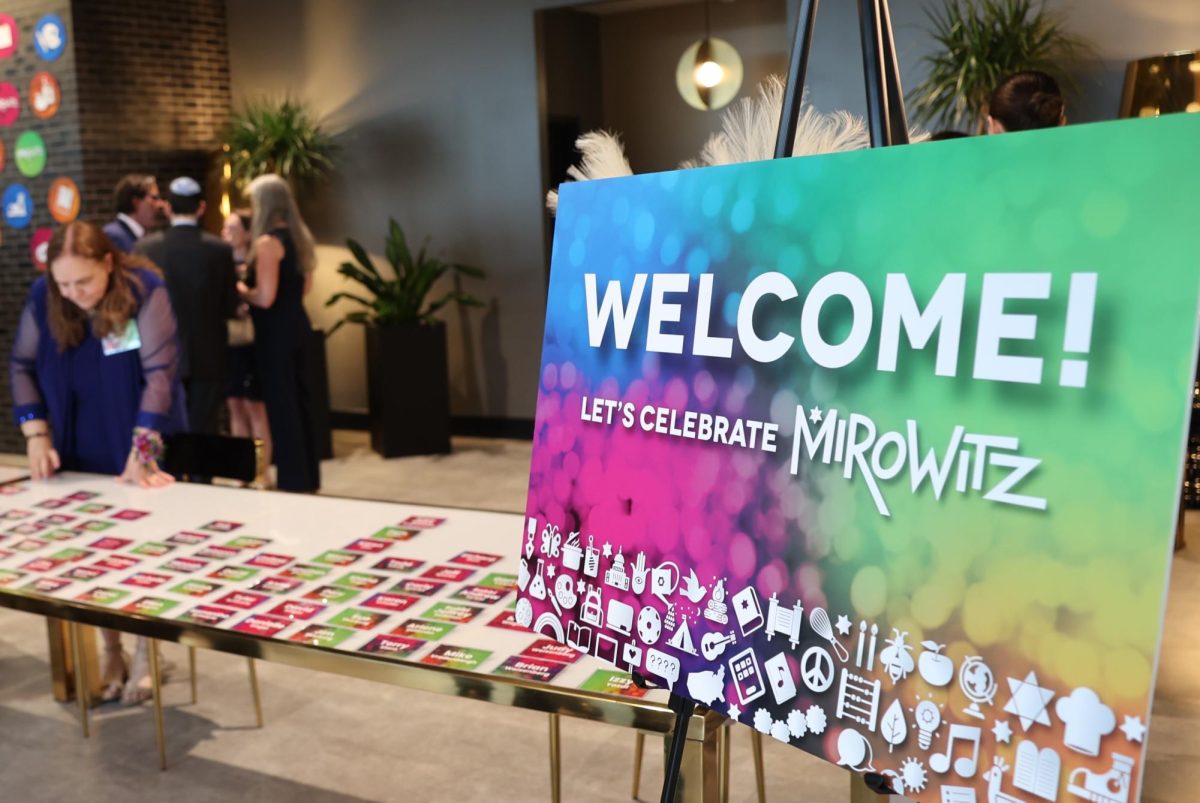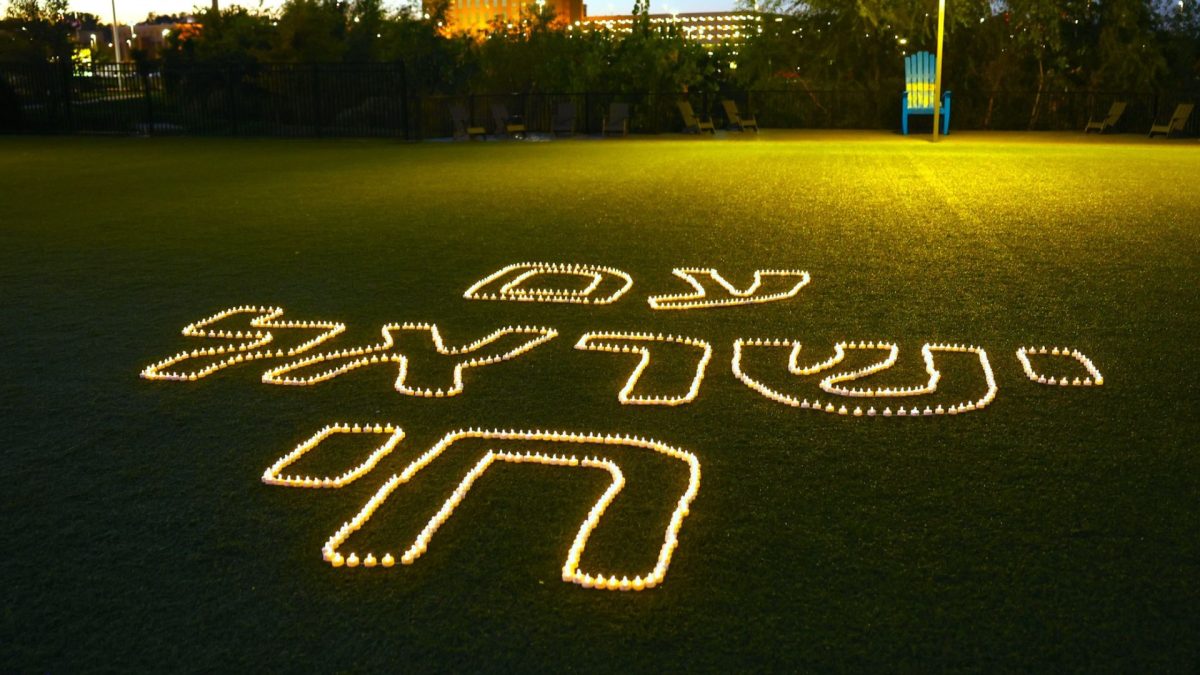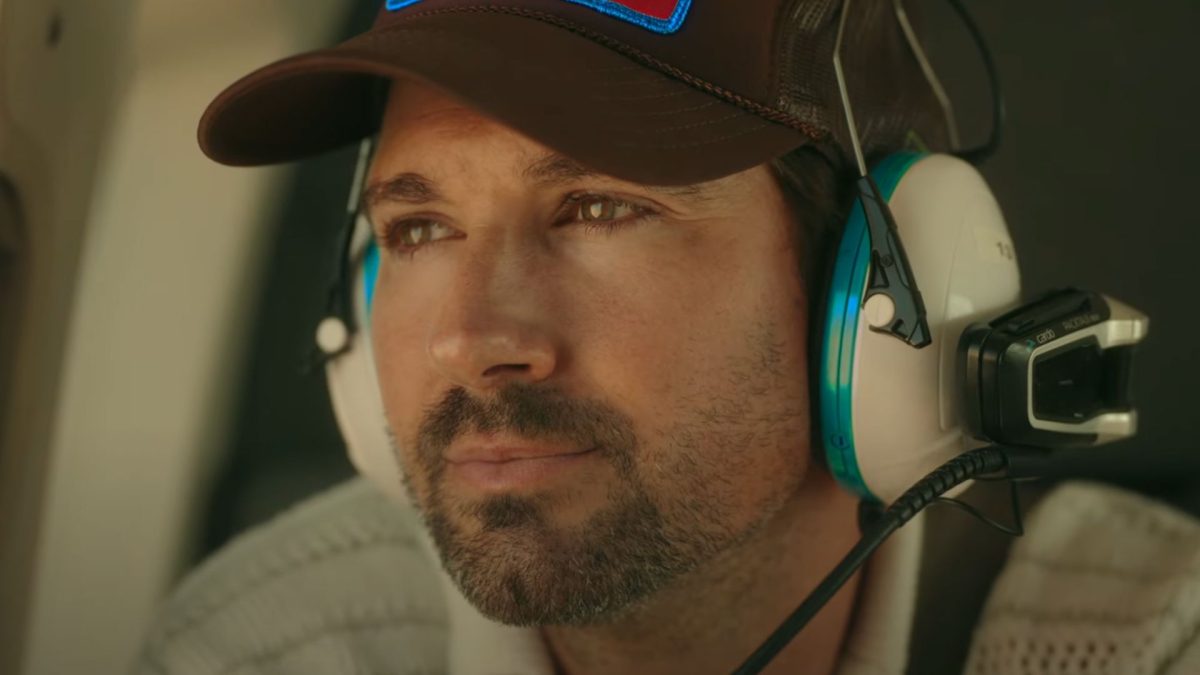What the Holocaust means to a person can change after a visit to the Jewish Ghetto of Lodz in Poland or crossing under the “Arbeit macht frei” sign at the main gate of the Auschwitz I-Main Camp. One’s understanding of what Jewish life was like in Krakow before and after World War II can be affected after spending Shabbat with new friends in the village of Kazmierez and visiting the Ramah and Old Synagogues.
Once you’ve experienced these and other Holocaust sites, the way you understand history and how you teach that history can change as well.
“After visiting these sites, this history feels much more visceral. I stood in Auschwitz, Treblinka, Terezin and experienced each place with all of my senses. I now carry that feeling, those emotions in my daily work,” said Amy Lutz, the Director of Marketing and Communications at the St. Louis Kaplan Feldman Holocaust Museum.
ADVERTISEMENT
Lutz, along with the museum’s Director of Education Helen Turner and Interim Director Dr. Frances Levine just returned from taking such a journey. They traveled to Warsaw, Krakow, Budapest, Vienna and Prague as part of “The European Heritage Experience,” a 13-day trip co-presented by the Jewish Federation of St. Louis and the St. Louis Kaplan Feldman Holocaust Museum.
“I think standing in spaces where this history happened only heightens your sense of the gravity and importance of telling this story,” said Turner. “Getting to experience different countries’ presentations and interpretations of the Holocaust was eye-opening, thought-provoking and challenging.”
“For me seeing the camps and hearing about the tactics used by the Nazis made me aware so much more vividly of the psychological aspects of the terror,” said Levine. “I know now without questions that the lessons of the Holocaust have to be taught and have to include a discussion of how communities and individuals are controlled by fear…a very important and timely message again”
ADVERTISEMENT
Lutz, Turner and Levine along with a group of nearly 40 fellow St. Louisans joined trip chairs Debbie and Kent Hirschfelder as they toured the iconic sites of the Warsaw Ghetto Uprising, Oscar Schindler’s Factory, the Krakow Cultural Jewish Festival, Auschwitz-Birkenau, Prague’s Old Town, and much more.
The European Heritage Experience
The overarching theme of the trip to experience and appreciate the scope and scale of the Holocaust. Physically traveling to so many sites, all with their own set of nuances of experience was intended to give each participant a sense of the magnitude of the Holocaust and the diversity of countries and people who experienced it.
Along their journey, the group connected with the Jewish communities of each place they visited – both past and present. They visited cemeteries and synagogues, but also modern Jewish organizations such as the JCC in Krakow which has been actively supporting refugees from Ukraine since Russia’s invasion. As a result of each member of the group experiencing each location in their own personal way, a community within the community developed.
“The group gelled in a way I don’t think anyone expected – and I’m glad we did,” said Lutz. “So many people on the trip had personal or family connections to this story and we all were able to lift each other up and support each other, through a wonderful, but sometimes hard trip.”
Warsaw
The group began their adventure at the Mound of the Warsaw Ghetto Uprising, a park built from the debris of the Warsaw Ghetto. Inside the remains of the ghetto, the group learned about the Jewish community’s famous revolt along the Route of Heroes.
“In Warsaw, I was reminded of the destruction of the Second World War. About 90% of the city was destroyed by the end of the war, so very little remains from the time – it looks largely like a modern city. One has to seek out the history,” said Lutz.
“Warsaw was a bit of a shock to me. I expected a drab and depressed city and yet it seemed prosperous in many ways and, as Amy says, you have to search for the history,” said Levine. Seeing the ghetto wall in the parking lot of a lovely, modern apartment building produced a kind of cognitive dissonance in me.”
Among the highlights of the Warsaw experience was the acclaimed Museum of the History of Polish Jews. Here the group met with museum educators to learn about the significance of the building’s architecture, design and purpose. The museum’s mission is to preserve and recall the memory of the history of Polish Jews and to counteract antisemitism, discrimination, and exclusion by fostering mutual understanding and respect.
Krakow
From Warsaw, the group made their way to Krakow with a stop in Lodz. Here they visited the Lodz Ghetto, which existed for more than four years, and was the second largest set up by the Nazis. Thousands died of starvation and illness. Tens of thousands of its prisoners were deported to death camps.
The three days in Krakow would be a mix of the horrors of history and the vitality of the present and future.
On their first full day in Krakow, the group traveled about 50 miles to confront the history of Auschwitz. The first stop was Auschwitz I, the original camp that served as the administrative center for the entire complex. Here they toured watchtowers, fences, cell blocks, wall of death, crematoria as well as the infamous Arbeit Macht Frei Gate.
The second stop was the grounds of Auschwitz II – Birkenau where the full horror of the extermination of 1 million Jewish people is palpable.
“Krakow was a surprise – a beautiful city. Much more of it remains intact than Warsaw. It was strange, however, to juxtapose the beauty of Krakow with the visit we made to Auschwitz-Birkenau, just outside the city,” said Lutz. It is a reminder of what the city was before the Holocaust, but also of the evil that took place close by. So much life juxtaposed near so much death.”
The night the group returned from Auschwitz, they were greeted by hundreds of young people joyously celebrating their faith during Kabbalat Shabbat services.
“I was extremely moved by our group’s attendance to Friday night services. The importance of the services and the vibrance of those expressing their faith was truly restorative after the devastation of Auschwitz,” said Turner.
Budapest
Before World War II, approximately 200,000 Jews lived in Budapest, making it the center of Hungarian Jewish cultural life. When the war began, Hungary was allied with Nazi Germany. Despite discriminatory legislation against the Jews and widespread antisemitism, the Jewish community of Budapest was relatively secure until the German occupation of Hungary in March 1944.
When the Nazis arrived many Jews searched for places of hiding or for protection. Tens of thousands of Jews found protection thanks to the efforts of Swiss diplomats such as Swiss Vice-Consul Carl Lutz.
The group got to experience this history during a visit to “The Glass House Memorial Museum” in Budapest where Lutz’s efforts to provide a haven for thousands of Jews is immortalized. It was inside the Glass House where Lutz began organizing false papers and safe houses for Jewish families. It was Lutz who showed fellow Swedish diplomat Raoul Wallenberg how he was creating protective papers.
For Amy Lutz, although not related to Carl Lutz, sharing a name provided her with extra meaning for her journey.
“I went as the museum’s PR person, and also as a historian with expertise in Carl Lutz, the Holocaust rescuer who worked in Budapest from 1942-1945,” said Lutz. “We were able to go to a few sites associated with his work. On a more personal note, some of my family were from Austria and the Czech Republic, so it was neat to see where they lived.”
Budapest is also home to one of the more powerful and moving Holocaust memorials in Europe, “The Shoes on the Danube Promenade.”
Located on the banks of the Danube River, the group saw the sixty pairs of old-fashioned shoes as they sat at the edge of the water, scattered and abandoned, as though their owners had just stepped out of them and left them there. They are a memorial and a monument to the Hungarian Jews who, in the winter of 1944-1945, were shot on the banks of the Danube River by the members of the antisemitic Arrow Cross Party.
“The Danube Shoe memorial was so impactful. I was also very intrigued by the Citizen’s Protest Against Monuments Falsifying History,” said Levine. That was the only way I was able to make sense of the amount of graffiti and obvious alternative narratives that seem to be written across and surrounding so many of the buildings and monuments all over Budapest. We were not there long enough to really get a handle on the political situation that we read about, but the tensions in some parts of Budapest are palpable.”
Vienna
In visiting Vienna, the group experienced a different narrative of the Holocaust. Austria was annexed in 1938, whereas Hungary was occupied in March 1944. The difference between both cities was very stark.
“Austria struck such a different note as a country grappling with its own national memory as both first victims and early collaborators,” said Turner.
To explore this duality and the tensions of national memory the group first took a walking tour of Vienna and visited the Judenplatz, the center of Jewish life in Vienna, the Monument Against War and Fascism, which commemorates the years when Austria came under Nazi rule from 1938–1945, as well as Heroes’ Square, where Hitler spoke in 1938 proclaiming Austria was now part of the German Reich. And lastly, the Wall of Names Shoah Monument which was completed in 2021. The memorial is a place of reverence and remembrance for all the Jewish children and adults murdered by the Nazis and their supporters.
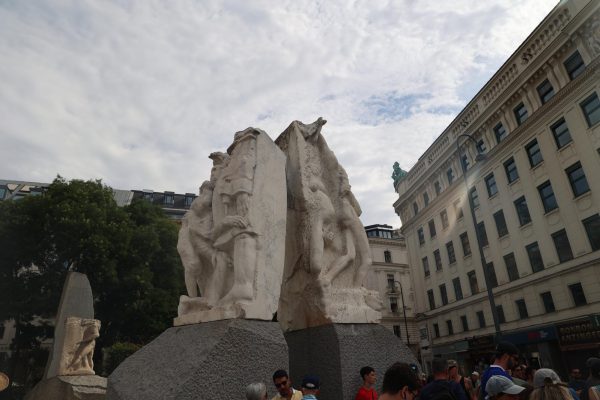
“A charming city, so clean, so lovely to hear about the music that was created there. But Vienna is a cautionary tale that no matter how privileged one’s status is in society, the speed with which that can all be lost, as it was in the Nazi takeover of Vienna, was staggering,” said Levine.
Prague
The final city on the group’s journey was the city of Prague with its almost architecture, castles, cobblestone streets and bridges, its a city that offers a reminder of the life that existed before the Holocaust.
“It was wonderful to stand in the Jewish quarter and experience the historic depths of Judaism within the city. The hardest part of Prague was our visit to Terezin which was one of the most uncomfortable Holocaust sites I have yet experienced,” said Turner. “The place felt haunted and teetered on abandoned, yet inhabited. It was an uncomfortable but informative space.”
Terezin was a concentration camp 30 miles north of Prague. In 1940 Nazi Germany assigned the Gestapo to turn Terezín into a Jewish ghetto and concentration camp. It held primarily Jews from Czechoslovakia, as well as tens of thousands of Jews deported chiefly from Germany and Austria, as well as hundreds from the Netherlands and Denmark. More than 150,000 Jews were sent there, including 15,000 children, and held there for months or years, before being sent by rail transports to their deaths at Treblinka and Auschwitz extermination camps in occupied Poland, as well as to smaller camps elsewhere. Less than 150 children survived.
“Terezin was where the full psychological horror of Nazi tactics hit me in the solar plexus!” said Levine. “The art that was produced in this camp, the international subterfuge and the fact that people are still living in the buildings that were part of the camp makes Terezin especially horrific. There is almost no way to wrap my head around the conflicting narratives.”
The power of the journey
The individuals who made the journey with Lutz, Turner and Levine are all home now, safe and sound. One can imagine that the sights, sounds, smells and tastes they encountered along the way are permanently embedded within the fabric of each traveler’s life and memories.
“I was thinking this morning about the extraordinary nature of this trip. Taking 37 relative strangers to engage not only in the wonders of travel but in this kind of travel; travel which explores Holocaust education, national memory and personal family narratives, is truly a remarkable endeavor and a life-changing experience,” said Turner. “It’s also a leap of faith. Faith that everyone will get along, faith that the educational material provided is thought-provoking and moving, and faith that it’s worth parting with family, friends and the obligations of life for a few weeks to deep dive into a dark and painful history.”
“This trip is one I will never forget – life-changing doesn’t even begin to cover it. I now know what it is like to stand in Auschwitz, Birkenau, Terezin, Treblinka – or what’s left of them,” said Lutz. ” This trip impacted me deeply and I will take that into everything I do at the museum. It reminded me of both the horror of this history and the hope instilled by our survivor community – their resilience will never fail to amaze me. I recommend everyone take a trip like this if given the opportunity.”
“I will keep reflecting on the experience in many realms of my life. As a person whose family was directly impacted by the Shoah, my search for the story of their experiences will continue,” said Levine. “I will also use this experience as an ethnohistorian and museum professional to teach about the lessons of the Holocaust for our own times.”
| RELATED: Postcards keeping memories of old German synagogues alive in new e-book



